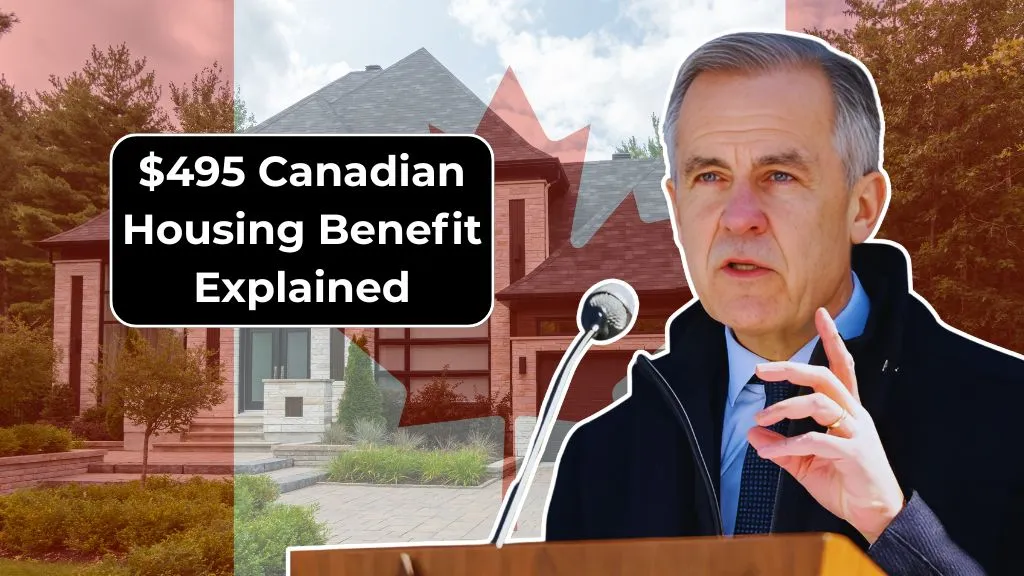In late October, Canada’s federal government specified a one-time, lump-sum support transfer of $495, payable in August 2025, intended to mitigate housing-cost pressures on low- and modest-income renters. For Australian capital seekers with a focus on Canada, or individuals evaluating permanent migration, a firm grasp of this initiative merits attention.

Eligibility Criteria and Income Tests
The transfer is restricted to households whose housing-cost-to-income ratio exceeds 30 per cent. Only individuals legally resident for taxation purposes may apply; completion of the 2024 taxation return is therefore a prerequisite. Income ceilings, expressed on the basis of net income, are calibrated to household structure: 35,000forsinglepersons,45,000 for couples, and $55,000 for families with dependent children.
Submission Mechanics and Processing Timeline
The Housing Affordability transfer application is to be lodged, commencing August 2025, via the Canada Revenue Agency’s My Account. The online mechanism necessitates tacit confirmation of income and the uploading of allowable documentation evidencing rent outlays. The Agency anticipates that the mass majority of compliant and qualifying applications will be dispatched within a processing window of five to ten working days.
Relevance for Australians
If you have family in Canada, the information in this bulletin enables you to assist relatives who may meet the eligibility criteria. Should you contemplate relocating to Canada, familiarity with the housing benefits regime offers a clearer view of the support mechanisms in place. Although the program does not extend to Australians, it serves as a case study of how a peer advanced economy grapples with housing-cost pressures.
Key Takeaways
The $495 per month housing benefit targets relief toward renters who face acute financial strain. Ali the while, Australia maintains its own suite of housing assistance programs. Monitoring the design, scope, and fiscal framework of comparable international interventions, such as Canada’s, can enrich domestic policy debate and supply alternative models for alleviating the persistent pressures of housing affordability.
